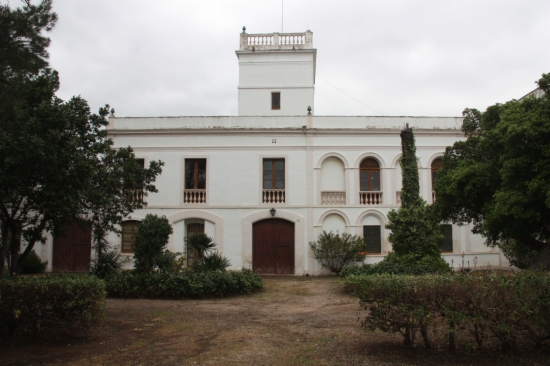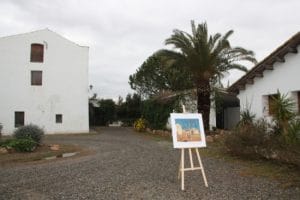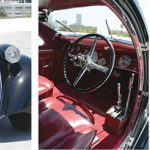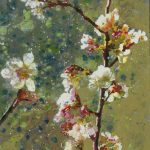Joan Miro home given new life in 2016

Mas Miro’s main building, where artist Joan Miro spent many years creating art. Photo by A. Mayor, courtesy of the Catalan News Agency.
The country house of one of the greatest artists of the 20th century, Joan Miro, will be transformed into a museum.
The Catalan News Agency reports that Miro’s family country house, located in southern Catalonia, will become a museum by 2016. The home is where Miro spent many summers as a teenager as well as an adult.
The “Mas Miro” was purchased by the Miro family in 1911, and is located just outside of Mont-roig del Camp. Miro’s grandson, Joan Punyet Miro, said the painter himself wished to have the home converted into a museum.
“He died without being able to make it happen,” he said. “My goal is to make my grandfather’s dream come true.”
Jaume Freixa, president of the Joan Miro Foundation in Barcelona, called the conversion “ideal” because it will give the public a chance to discover the environment where Miro created his works. Once the museum opens, visitors can tour Miro’s studio and view photographs, letters by the artist and objects that inspired his sculptures.
The first phase will involve the renovation and conversion of the space, while the second will create new areas such as a restaurant and multipurpose room. Miro’s painting, “La Masia” (1921-22), is based on the family’s farmhouse, and will be used by architects as inspiration for the exterior renovations.
Miro was born April 20, 1893, in Barcelona and died on December 25, 1983, in Palma de Mallorca. The Spanish artist was a painter, sculptor, ceramicist and master printmaker, working in both etching and lithography. His works have been described as surreal, using imagery from elements of Catalan folk art and the art of children.

Above, Miro’s country house served as inspiration for his work, “La Masia.” Photo by A. Mayor, courtesy of the Catalan News Agency.
The Miro farmhouse conversion follows the tradition of transforming an artist’s domicile into a museum. For instance, the Rembrandt House Museum in Amsterdam is where the artist lived and worked between 1639 and 1656. The birthplace of James McNeill Whistler, an 1825 home in Massachusetts, became the Whistler House Museum of Art in Massachusetts.





